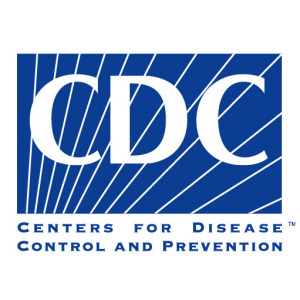by
Olga Deshchenko, DOTmed News Reporter | July 20, 2010

A new CDC study finds
that 2.1 percent of heterosexuals
living in low-income,
urban cities have HIV
Many low-income cities across the U.S. are amid generalized HIV epidemics, according to a new study from the Centers for Disease Control and Prevention.
The United Nations Joint Program on HIV/AIDS (UNAIDS) defines a generalized epidemic as one that is rooted in the general population, where the overall HIV prevalence in the general population is more than 1 percent.
"This first-of-its-kind study shows that 2.1 percent of heterosexuals living in these areas in the U.S have HIV," said Dr. Jonathan Mermin, director of the CDC's Division of HIV/AIDS Prevention, in a call with reporters. "This level of HIV infection is severe enough to be considered a generalized epidemic in these areas and is approximately four times higher than the overall HIV prevalence in the United States."



Ad Statistics
Times Displayed: 136626
Times Visited: 7924 MIT labs, experts in Multi-Vendor component level repair of: MRI Coils, RF amplifiers, Gradient Amplifiers Contrast Media Injectors. System repairs, sub-assembly repairs, component level repairs, refurbish/calibrate. info@mitlabsusa.com/+1 (305) 470-8013
Mermin explained that nationally, the U.S. HIV epidemic is characterized as a "concentrated epidemic," meaning that it mainly occurs in two high-risk groups: men who have sex with men, and injection drug users. However, this study, which did not consider these two groups, shows that it is an established epidemic in the general population.
"Both sub-populations with higher risk, such as men who have sex with men, and injecting drug users, have higher rates of infection, and they still contribute disproportionately to the spread of HIV in high-poverty areas," said Mermin. "This study showed that heterosexual transmission is sufficient to sustain an epidemic independent of those groups and that individuals living in these areas are at greater risk for exposure to HIV with each sexual encounter," he said.
The study also found poverty to be the single most important demographic factor associated with HIV infections among inner-city heterosexuals. The U.S. Census Bureau defines high-poverty areas as regions where at least 20 percent of residents have household incomes below the poverty line.
"Poverty is strongly linked to HIV infection among inner-city heterosexuals. Even in the poor areas, the study found that individuals with the lowest income have the highest HIV prevalence," explained Mermin. "Specifically, 2.4 percent of those people living below the poverty line were HIV infected compared to 1.2 percent of those living above it."
The study also found no statistically significant differences in HIV prevalence rates by race or ethnicity in the low-income areas that were analyzed. The prevalence of HIV infections among blacks and Hispanics was 2.1 percent and 1.7 percent among whites.
"However, it is important to note that blacks and Hispanics are more likely to live in poverty areas than whites," Mermin pointed out. "Available U.S. Census data shows that 46 percent of blacks in this country and 40 percent of Hispanics live in poverty areas compared to just 10 percent of whites. Poverty may therefore account for some of the racial and ethnic disparities found in HIV prevalence rates nationally," he said.

